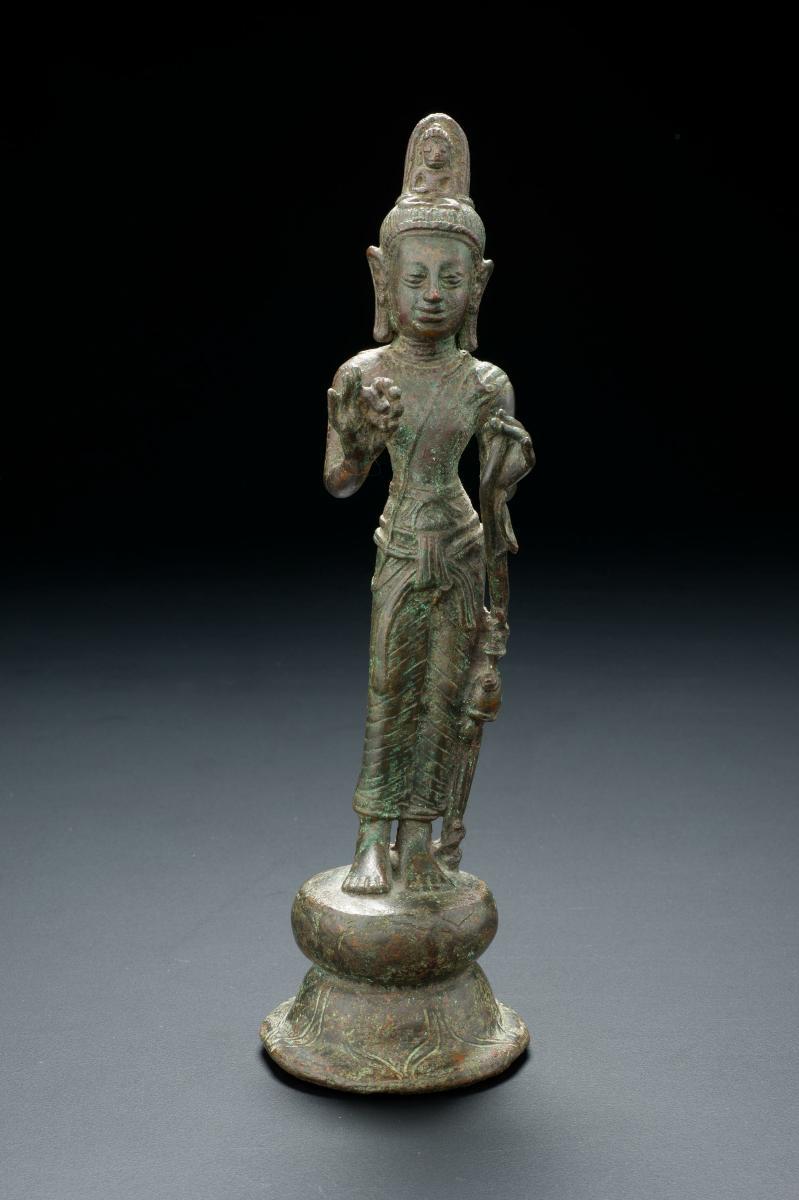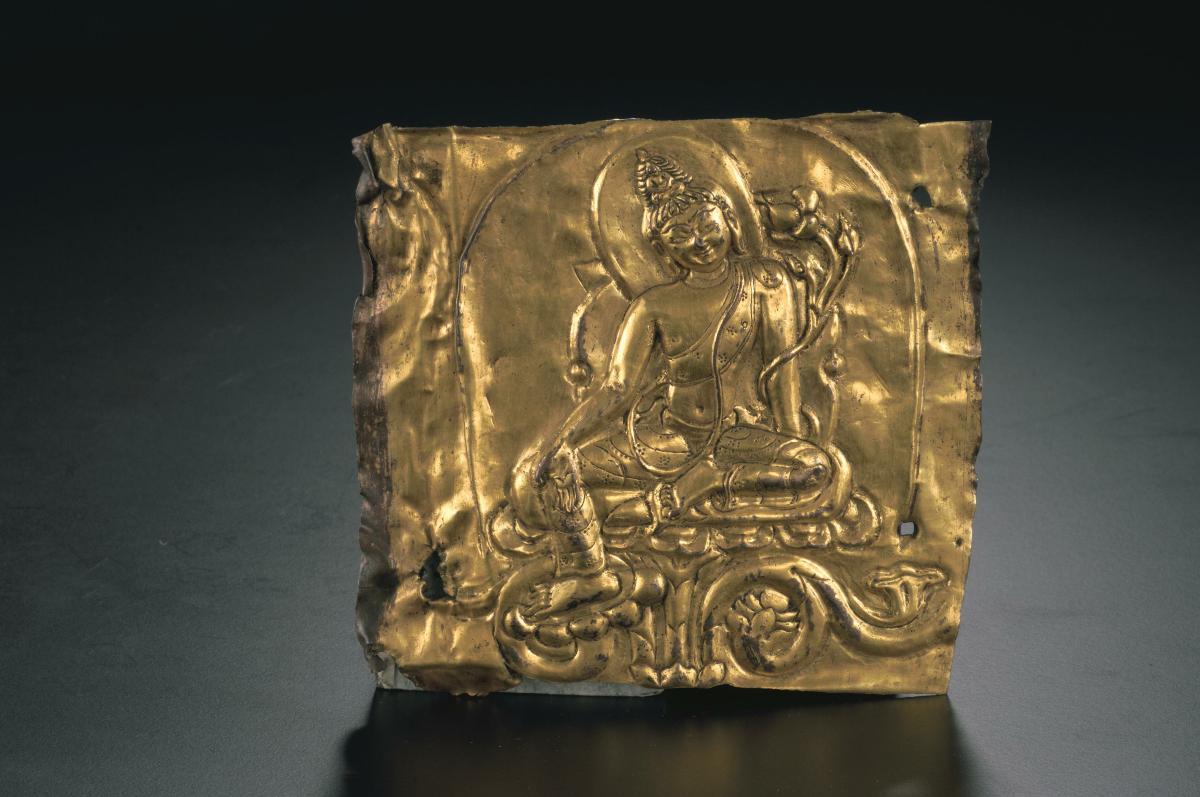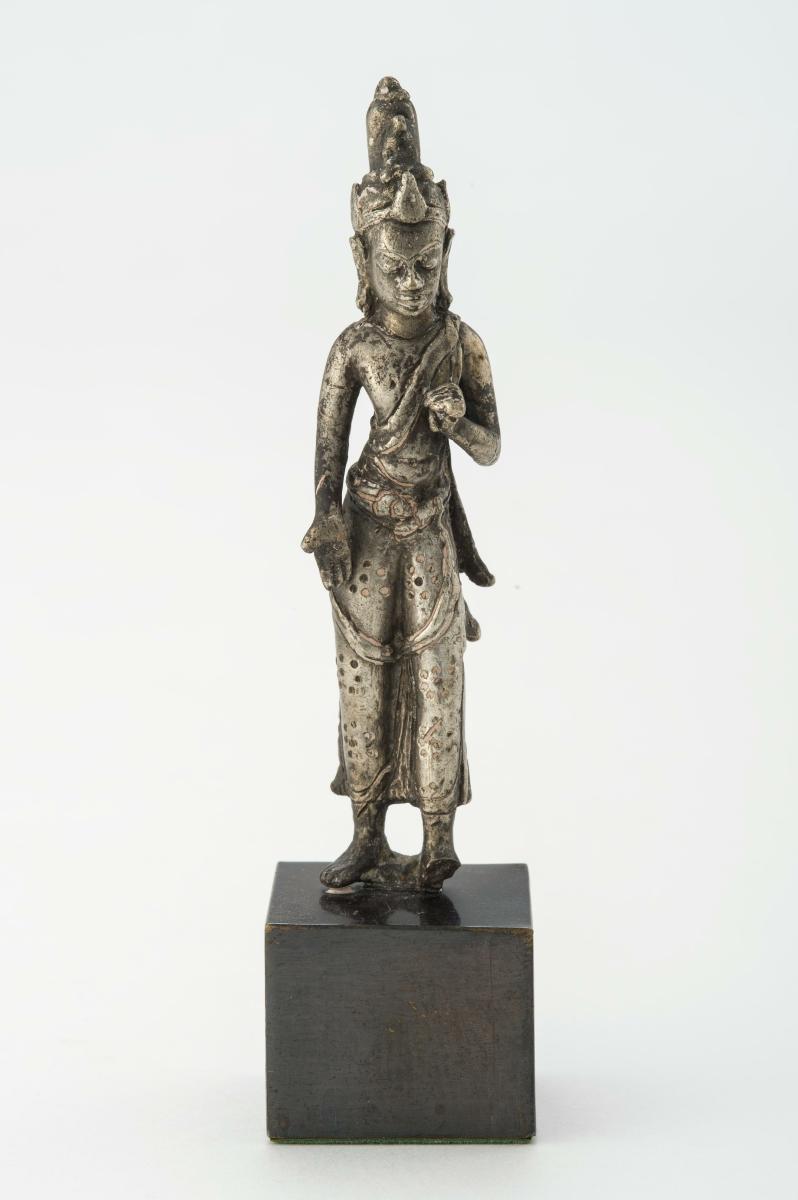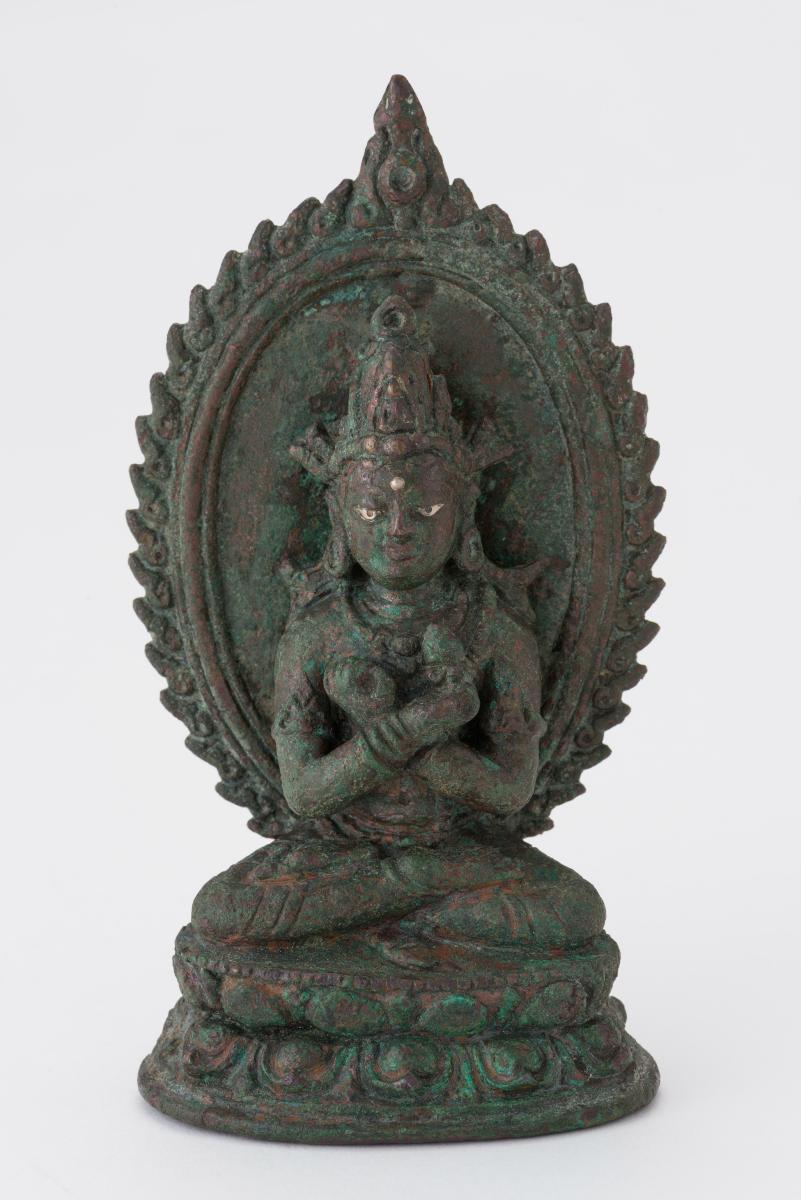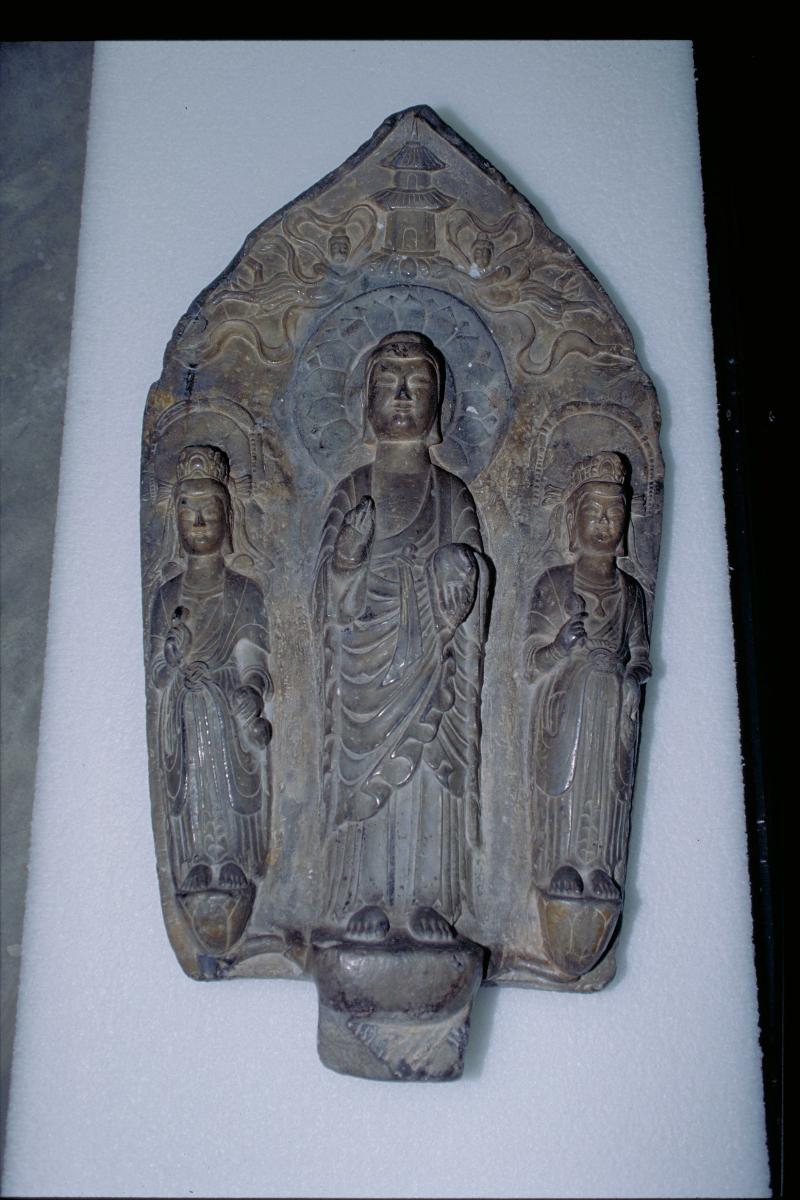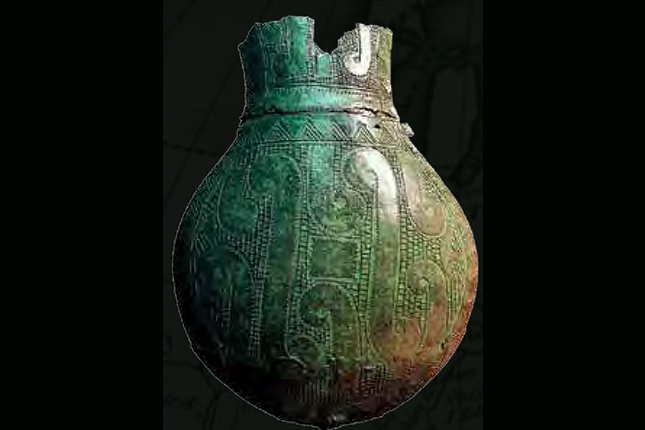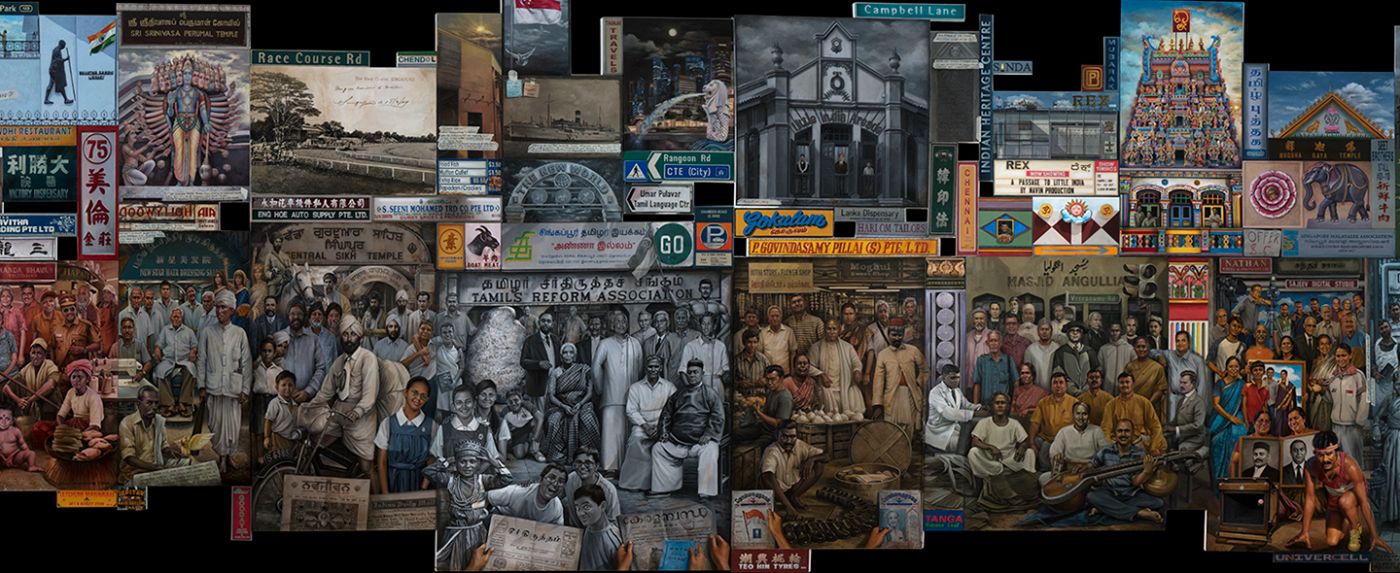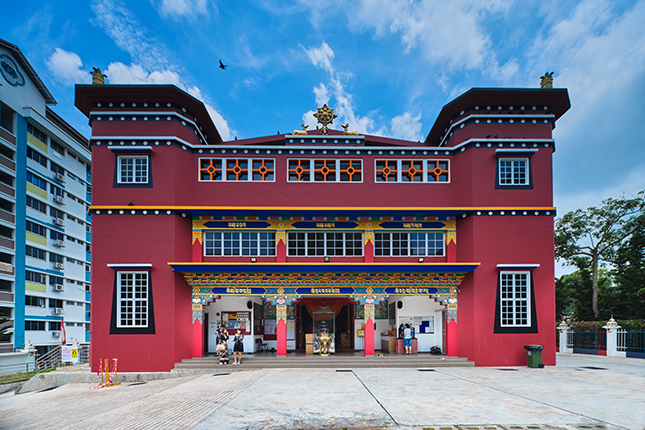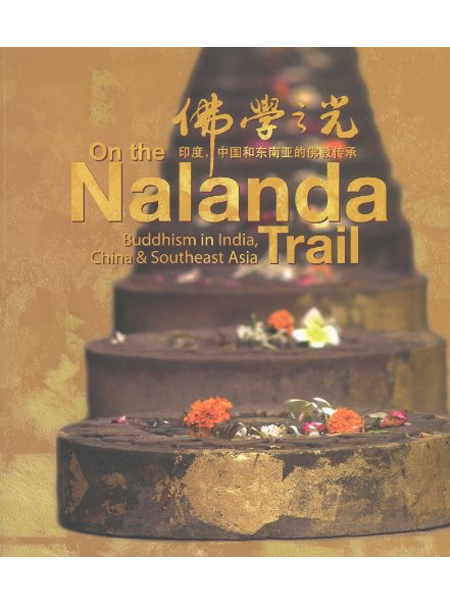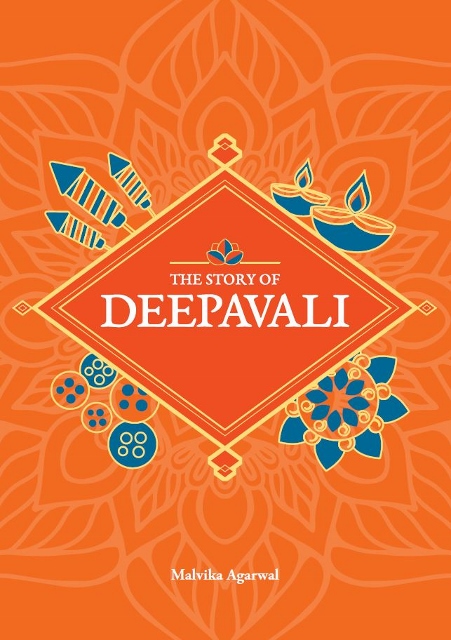The thalassocracy of Srivijaya was an important Buddhist centre in Southeast Asia. It was also the first unified kingdom spanning much of the Malay Archipelago; both Buddhism and Hinduism were practiced. Mahayana Buddhism and Vajrayana Buddhism with its esoteric worship of a pantheon of Buddhist deities were in existence here.Avalokiteshvara, the personification of unbounded compassion, is arguably the most popular bodhisattva in Buddhist tradition. Early Indian art portrays Buddhist bodhisattva in their regal forms. However, later schools reflecting the changed association of asceticism with Avalokiteshvara saw alterations in iconography. Simple attire and animal skin coverings were among the most common inclusions in later imagery of the 4th–9th centuries CE, as seen in this representation.This bronze resonates with the post-Gupta iconography of Avalokiteshvara showing him holding the lotus flower and a string of recitation beads symbolising his peaceful form. Avalokiteshvara is seen standing in a flexed pose on a bulbous lotus base, wearing a long sampot or drape with chevron pleats held at the waist by a belt tied in a loose knot. A sacred thread adorns his torso and an antelope skin draped on the right shoulder. With arms bent at the elbows his hands are slightly raised holding prayer beads and a flower stem. An image of a seated Buddha Amitabha, his spiritual progenitor, is seen in the jatamukuta or headdress.




